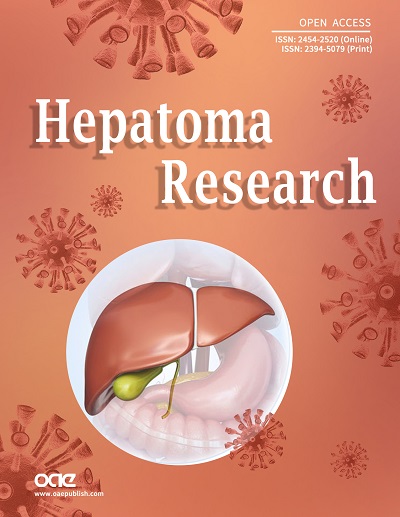fig1

Figure 1. Mitochondria-associated membranes (MAM) as a Ca2+ signaling hub. (A and B) Transmission electron micrograph of a mouse hepatocyte shows the MAM as a segment of endoplasmic reticulum (ER, orange) in proximity (~20 nm) to the outer mitochondrial membrane (OMM, purple). Scale bar = 100 nm; (C) Schematic of tethering and regulatory proteins relevant for mitochondrial Ca2+ signaling that is present in the MAM. Glucose-regulated protein 75 (GRP75) links inositol 1,4,5-trisphosphate receptor type 1 (ITPR1) on the ER membrane and voltage-dependent anion channel 1 (VDAC1) on the OMM; polycystin 2 (PC2) is an integral ER membrane protein which can downregulate Ca2+ signaling to the mitochondria; BH3 interacting-domain death agonist (BID) is an pro-apoptotic factor that, once cleaved, promotes cytochrome C release from mitochondria; Phosphofurin acidic cluster sorting protein 2 (PACS2) forms a complex with Bid to promote apoptosis; Mitofusin (MFN) is part of the ER-mitochondria tethering system; voltage-dependent anion channel 1 VDAC1 allows Ca2+ passage to the mitochondrial intermembrane space; MCU, mitochondrial calcium uniporter is a core component of the complex that allows Ca2+ uptake into the mitochondrial matrix; Sigma 1 receptor (S1R) is an ER integral protein that binds ITPR1 when Ca2+ is released; Na+/Ca2+ exchanger (NCLX) promotes Ca2+ extrusion from the mitochondrial matrix to the cytosol under physiological condition.








